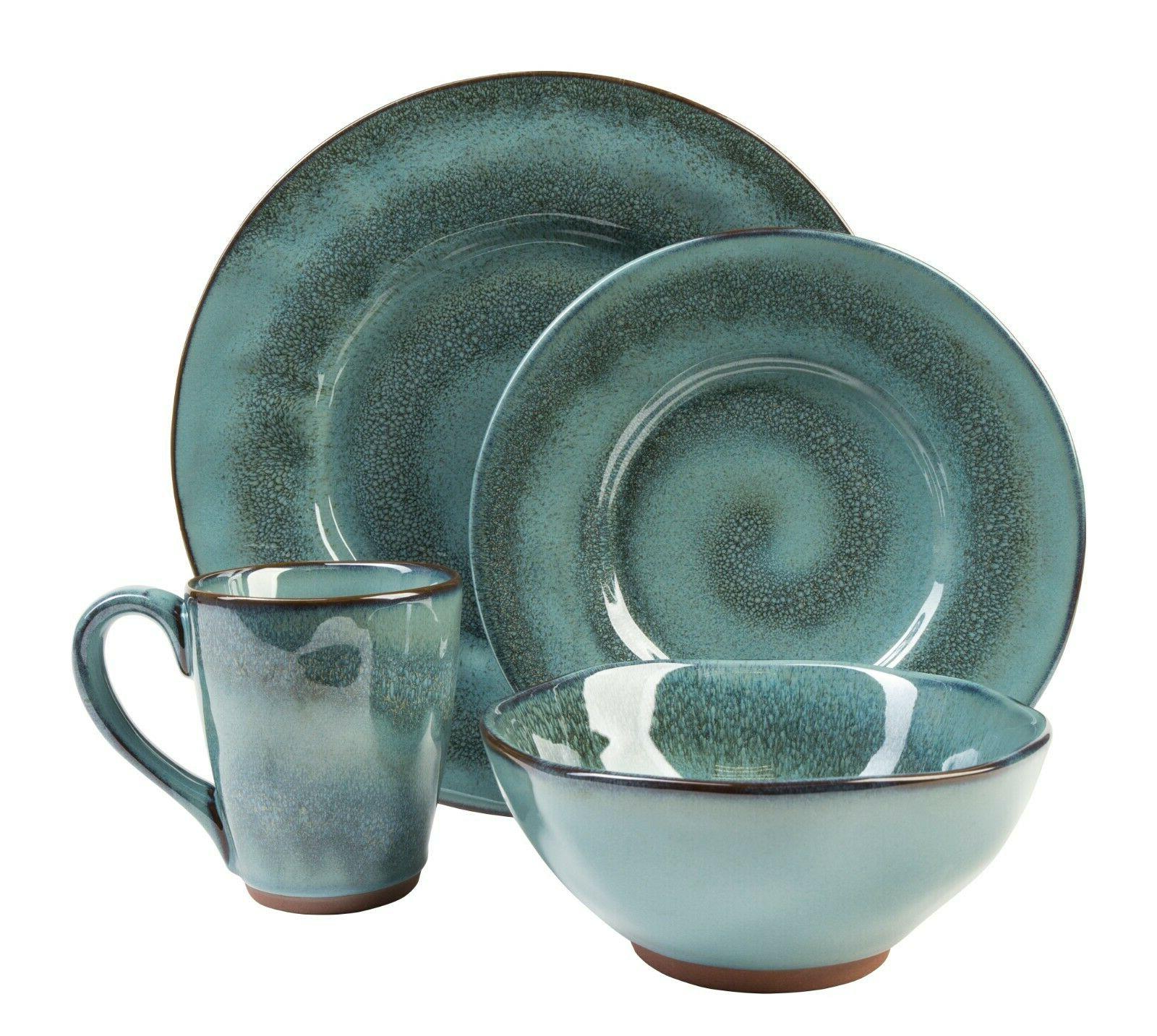

Tableware
What Is Reactive Glaze On Dinnerware?
Modified: January 20, 2024
Discover the beauty of reactive glaze on tableware. Learn what it is, how it's made, and why it's the perfect addition to your dinnerware collection.
(Many of the links in this article redirect to a specific reviewed product. Your purchase of these products through affiliate links helps to generate commission for Storables.com, at no extra cost. Learn more)
Introduction
Welcome to the wonderful world of tableware! When it comes to setting a beautiful and inviting table, the dinnerware you choose plays a crucial role. Among the different options available, one style that stands out is reactive glaze dinnerware. If you’re not familiar with reactive glaze, don’t worry, you’ve come to the right place!
Reactive glaze is a popular technique used in ceramics that results in stunning and unique patterns and colors on dinnerware. It adds a touch of artistry and individuality to your table settings, elevating your dining experience to a whole new level.
So, what exactly is reactive glaze? Let’s dive in and find out!
Key Takeaways:
- Reactive glaze dinnerware undergoes a chemical reaction during firing, resulting in unique patterns and vibrant colors, making each piece a one-of-a-kind work of art that adds elegance and individuality to any table setting.
- While reactive glaze dinnerware requires extra care, its versatility and artistic appeal make it suitable for everyday use, special occasions, restaurants, home decor, and gifting, enhancing the dining experience with its stunning visual impact.
Read more: What Is Dinnerware?
Definition of Reactive Glaze
Reactive glaze is a type of ceramic glaze that undergoes a chemical reaction during the firing process, resulting in unpredictable and visually captivating patterns and colors. The glaze is composed of various minerals and oxides that interact with each other when exposed to high temperatures in the kiln.
Unlike regular glazes that maintain a consistent color and texture, reactive glazes create a sense of depth and movement. This is achieved through the interaction between different components of the glaze, such as metallic compounds and fluxes, which react and fuse together during the firing process.
The magic of reactive glaze lies in its unpredictability. No two pieces of reactive glaze dinnerware are exactly the same, making each item a unique work of art. The final result can resemble swirling galaxies, flowing rivers, or crackling textures, depending on the specific combination of minerals and the firing conditions.
Moreover, reactive glaze is not limited to a single color. In fact, it often exhibits multiple hues within one piece, with colors blending and overlapping to create intricate and vibrant patterns. This dynamic and ever-changing nature makes reactive glaze dinnerware a visually captivating addition to any table setting.
How Reactive Glaze is Applied
The process of applying reactive glaze to dinnerware involves several steps to achieve the desired effect. Let’s take a closer look at how this unique glaze is applied:
1. Base Coat: The first step is to apply a base coat to the ceramic piece. This is usually a solid color that will serve as the background for the reactive glaze. Common base colors include white, cream, or black, although other colors can be used depending on the desired outcome.
2. Reactive Glaze Application: Once the base coat is dry, the reactive glaze is applied on top. This glaze is composed of various minerals and oxides that will react and create the desired patterns and colors during firing. The application method can vary, with some artists using brushes, sponges, or spraying techniques to achieve different effects.
3. Firing: After the glaze has been applied, the ceramic piece is fired in a kiln. The temperature and duration of the firing process play a crucial role in the final result. Reactive glazes typically require a high firing temperature to activate the chemical reactions between the minerals, which can range from 1200 to 1300 degrees Celsius.
4. Reaction and Transformation: As the ceramic piece reaches the appropriate temperature, the reactive glaze starts to undergo chemical reactions. The metallic compounds and fluxes in the glaze interact with each other, creating unique patterns and colors. The intense heat of the kiln causes the glaze to fuse and melt, resulting in the characteristic variation and movement in the final product.
5. Cooling and Finishing: Once the firing process is complete, the ceramic piece is gradually cooled to room temperature. The cooling process allows the glaze to harden and set, ensuring its durability and longevity. Afterward, any necessary finishing touches, such as sanding or polishing, may be applied to achieve the desired smoothness or texture.
The intricate process of applying reactive glaze requires skill, experience, and a keen eye for detail. Ceramic artists and craftsmen carefully navigate the variables of temperature, glaze composition, and firing techniques to create stunning and visually captivating reactive glaze dinnerware.
Effects and Characteristics of Reactive Glaze
Reactive glaze dinnerware is renowned for its fascinating effects and distinct characteristics. Let’s explore some of the key features that set reactive glaze apart:
1. Unique Patterns: One of the most remarkable aspects of reactive glaze is the spontaneous and unpredictable patterns it creates. The interaction between the minerals and oxides in the glaze during firing results in intricate and mesmerizing designs. From marbled swirls to speckles and streaks, each piece of reactive glaze dinnerware exhibits its own distinct pattern.
2. Vibrant Colors: Reactive glaze is known for its rich and multi-hued colors. The combination of different minerals and their reaction to heat produces a spectrum of shades within a single piece. The colors can range from earthy tones like rust and moss to vibrant blues, greens, and purples, adding a dynamic and visually captivating element to your table setting.
3. Depth and Texture: The layered and complex nature of reactive glaze creates a sense of depth and texture. The variations in color, opacity, and texture combine to give each piece a three-dimensional quality. This adds a tactile and visual appeal, making reactive glaze dinnerware not only visually stunning but also delightful to touch.
4. Handcrafted and Artistic: The process of creating reactive glaze dinnerware involves the skilled hands of ceramic artists. Each piece is meticulously crafted and finished, adding a touch of artistry to your dining experience. The imperfections and individuality inherent in reactive glaze make each item a unique work of art, adding character and charm to your table setting.
5. Versatile and Suitable for Various Styles: Reactive glaze dinnerware can effortlessly adapt to different table settings and decor styles. Whether you’re aiming for a rustic, bohemian, or modern aesthetic, reactive glaze adds a touch of uniqueness and elegance. Its ability to blend with various styles makes it a versatile choice for any occasion, from casual gatherings to formal dinners.
6. Food Presentation: The visually intriguing patterns and colors of reactive glaze enhance the presentation of food. From vibrant salads to delectable desserts, the dinnerware becomes a canvas for showcasing culinary creations. Each dish is accentuated by the artistry of reactive glaze, elevating the dining experience for both the eyes and taste buds.
Reactive glaze dinnerware brings a sense of artistry and individuality to your table. Its unique patterns, vibrant colors, and tactile texture create a captivating dining experience that is sure to impress guests and elevate any meal.
Reactive glaze is a type of ceramic glaze that creates unique and varied patterns on dinnerware. It is achieved through a chemical reaction during the firing process, resulting in a one-of-a-kind finish. When purchasing reactive glaze dinnerware, be aware that each piece may have slight variations in color and pattern, adding to its individuality.
Popular Uses of Reactive Glaze Dinnerware
Reactive glaze dinnerware is highly sought after for its distinctive appearance and artistic appeal. Its versatility and unique characteristics make it suitable for a variety of uses and occasions. Let’s explore some of the popular ways that reactive glaze dinnerware is used:
1. Everyday Dining: Many people love using reactive glaze dinnerware for their everyday meals. It adds a touch of elegance and artistry to simple breakfasts, lunches, and dinners, making the everyday dining experience feel special and enjoyable. The vibrant colors and unique patterns of reactive glaze dinnerware can brighten up any mealtime.
2. Special Occasions: Reactive glaze dinnerware is also a popular choice for special occasions and celebrations. Whether it’s a holiday gathering, a birthday party, or a formal dinner, the eye-catching patterns and colors of reactive glaze add a sense of sophistication and style to the event. It elevates the overall aesthetic and makes the table setting a focal point of the celebration.
3. Restaurants and Cafés: Many restaurants and cafés opt for reactive glaze dinnerware to enhance the dining experience for their customers. It not only adds visual appeal to the food presentation but also creates a unique and memorable ambiance. The artistic and handcrafted nature of reactive glaze dinnerware adds a touch of authenticity and elevates the overall dining atmosphere.
4. Home Decor: Reactive glaze dinnerware goes beyond its practical use and can be used as an element of home decor. When not in use, the vibrant and captivating dinnerware can be displayed on open shelves or in glass cabinets, adding a pop of color and style to your kitchen or dining room. Its artistic nature makes it a conversation starter and a beautiful addition to any interior design.
5. Gifting: Reactive glaze dinnerware makes for a unique and thoughtful gift. Whether it’s for weddings, housewarmings, or special occasions, presenting someone with a set of reactive glaze dinnerware is a gesture that showcases your appreciation for art and craftsmanship. It’s a gift that can be cherished and enjoyed for years to come.
Reactive glaze dinnerware has become a popular choice for its ability to transform ordinary meals into extraordinary dining experiences. Its versatility allows it to be used in various settings, making every occasion more visually appealing and enjoyable for both hosts and guests.
Read more: What Is Glass Glazing
Pros and Cons of Reactive Glaze Dinnerware
Reactive glaze dinnerware undoubtedly has its own unique charm, but like any product, it comes with its own set of pros and cons. Let’s take a closer look at the advantages and disadvantages of using reactive glaze dinnerware:
Pros:
1. Visual Appeal: One of the biggest advantages of reactive glaze dinnerware is its stunning visual appeal. The unpredictable patterns, vibrant colors, and textured surfaces add a touch of artistry and uniqueness to your table settings. It creates an eye-catching focal point and enhances the overall dining experience.
2. Handcrafted and Artistic: Reactive glaze dinnerware is typically handcrafted by skilled artisans who carefully apply the glaze to each piece. This craftsmanship adds value and a sense of authenticity to the dinnerware. Each item becomes a unique work of art, making it a great addition to your collection or gifting.
3. Versatility: Reactive glaze dinnerware is versatile in terms of style and occasion. Its dynamic patterns and colors can suit various table settings and decor styles. Whether you’re hosting a casual brunch or an elegant dinner party, reactive glaze dinnerware can elevate the ambiance and make any meal feel special.
4. Food Presentation: The intricate patterns and vibrant colors of reactive glaze dinnerware can enhance the presentation of food. It adds visual interest and complements the colors and textures of different dishes. It’s a great way to showcase your culinary creations and make them even more appetizing.
Cons:
1. Price: Due to the handcrafted nature and artistic value of reactive glaze dinnerware, it tends to be more expensive compared to regular dinnerware sets. The intricate detailing, unique patterns, and labor-intensive process of creating reactive glaze add to the cost. It may not be suitable for those on a tight budget.
2. Fragility: Reactive glaze dinnerware is often more delicate and prone to chipping or cracking compared to other types of dinnerware. The complex glaze and texture can be more susceptible to damage, especially when mishandled or stacked haphazardly. It requires a bit of extra care and attention to ensure its longevity.
3. Limited Availability: While reactive glaze dinnerware has gained popularity, it may not be as widely available as other types of dinnerware. It can be challenging to find a specific style or design, and the options might be limited depending on your location. Online shopping platforms can offer a wider range of choices.
It’s important to weigh the pros and cons of reactive glaze dinnerware to determine if it aligns with your preferences and needs. Consider your budget, lifestyle, and the level of care you’re willing to provide to your dinnerware before making a purchase decision.
Tips for Taking Care of Reactive Glaze Dinnerware
Reactive glaze dinnerware adds a touch of artistry and elegance to your table, and with proper care, it can stand the test of time. Here are some valuable tips to help you maintain and preserve the beauty of your reactive glaze dinnerware:
1. Handwashing: To ensure the longevity of your reactive glaze dinnerware, it is recommended to handwash them. Avoid using harsh abrasives or scouring pads that may damage the glaze. Instead, use a soft sponge or cloth with a mild dish soap. Rinse thoroughly with warm water and dry gently with a soft towel.
2. Avoid Extreme Temperatures: Reactive glaze dinnerware can be sensitive to extreme temperatures, so it is advisable to avoid sudden temperature changes. When transferring your dinnerware from the refrigerator to the oven or vice versa, allow it to come to room temperature gradually. Extreme temperature changes can cause thermal shock and lead to cracks or breakage.
3. Avoid Microwaving: While reactive glaze dinnerware is generally microwave-safe, it’s best to avoid using it in the microwave whenever possible. The high heat and uneven heating can potentially affect the glaze and result in damage to your dinnerware.
4. Stack Carefully: When storing your reactive glaze dinnerware, stack it with care to prevent scratching or chipping. Place a protective layer, such as a soft cloth or felt, in between each piece to cushion and prevent direct contact between them. Avoid stacking too many pieces on top of one another to minimize the risk of breakage.
5. Avoid Staining: Reactive glaze dinnerware can be susceptible to staining, especially if it comes into contact with highly pigmented or acidic foods. To prevent stains, it’s advisable to remove any food residue as soon as possible after use. Soaking the dinnerware in warm soapy water can help loosen stubborn stains. For tougher stains, you can make a paste using baking soda and water and gently scrub the affected areas.
6. Handle with Care: Reactive glaze dinnerware can be more delicate compared to other types of dinnerware, so it’s important to handle it with care. Avoid dropping or banging the dishes against hard surfaces, as this can lead to cracks or breakage. Treat each piece as a work of art and handle it with the respect it deserves.
By following these tips, you can ensure that your reactive glaze dinnerware remains beautiful and functional for years to come. The extra care and attention will preserve the unique patterns and vibrant colors that make your dinnerware so special.
Conclusion
Reactive glaze dinnerware is more than just tableware—it’s a work of art that adds a touch of elegance and individuality to your dining experience. The unpredictable patterns, vibrant colors, and tactile texture make reactive glaze dinnerware a feast for the eyes and a delight to use.
From everyday meals to special occasions, reactive glaze dinnerware brings a sense of sophistication and style to any table setting. Its versatility allows it to adapt to various decor styles and occasions, making it a popular choice among homeowners and restaurateurs alike.
While reactive glaze dinnerware requires a bit of extra care and attention, the beauty and uniqueness it adds to your table are worth it. Handwashing, avoiding extreme temperatures, and handling with care are essential to maintain the longevity and visual appeal of the dinnerware.
Whether you’re looking to elevate your meals or add an artistic touch to your home decor, reactive glaze dinnerware offers a remarkable solution. Its handcrafted nature and unpredictable patterns make each piece a true work of art, adding a sense of authenticity and charm to your dining table.
So, go ahead and explore the world of reactive glaze dinnerware. Let the vibrant colors and intricate patterns captivate your guests, and elevate your dining experience to a whole new level.
Frequently Asked Questions about What Is Reactive Glaze On Dinnerware?
Was this page helpful?
At Storables.com, we guarantee accurate and reliable information. Our content, validated by Expert Board Contributors, is crafted following stringent Editorial Policies. We're committed to providing you with well-researched, expert-backed insights for all your informational needs.
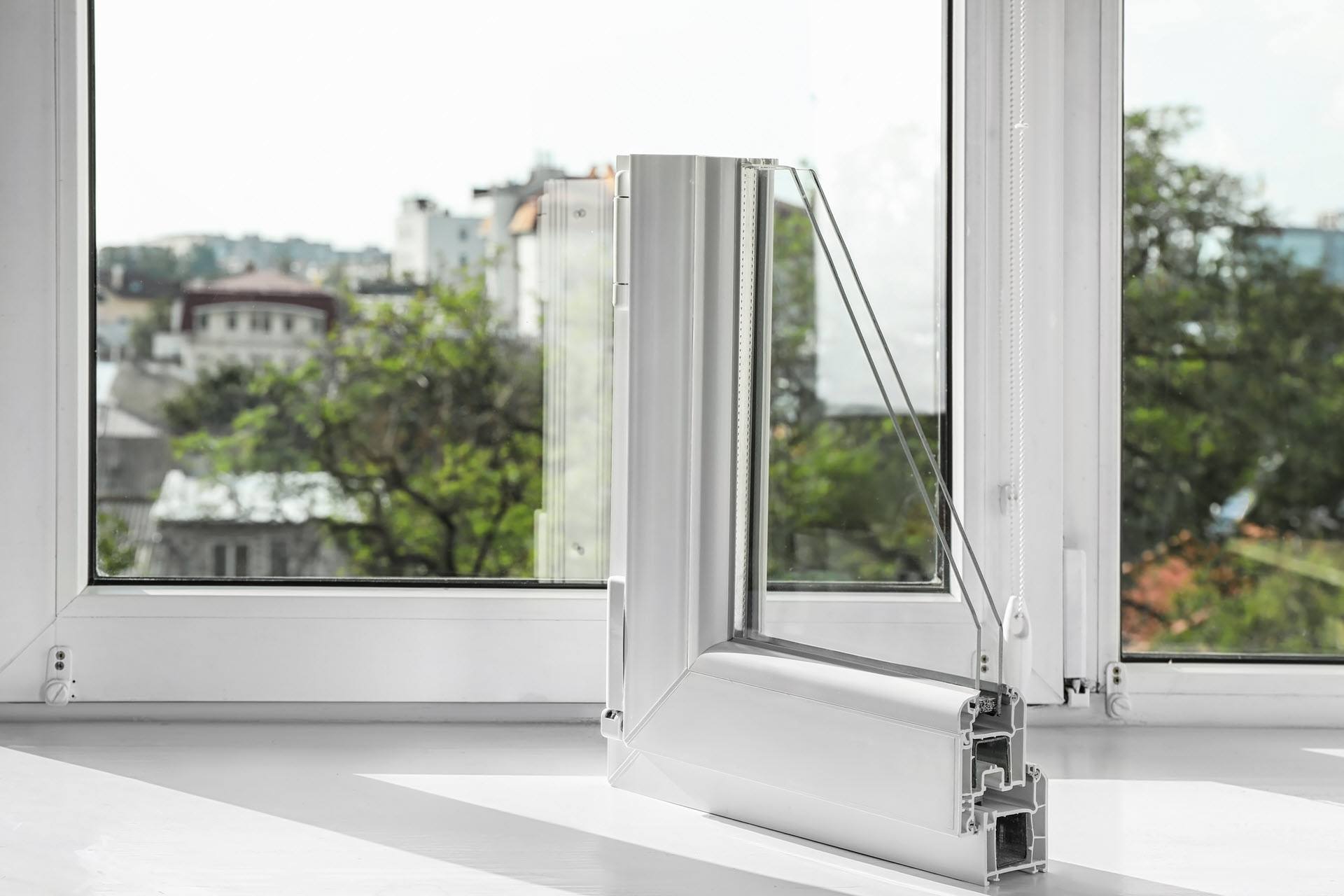

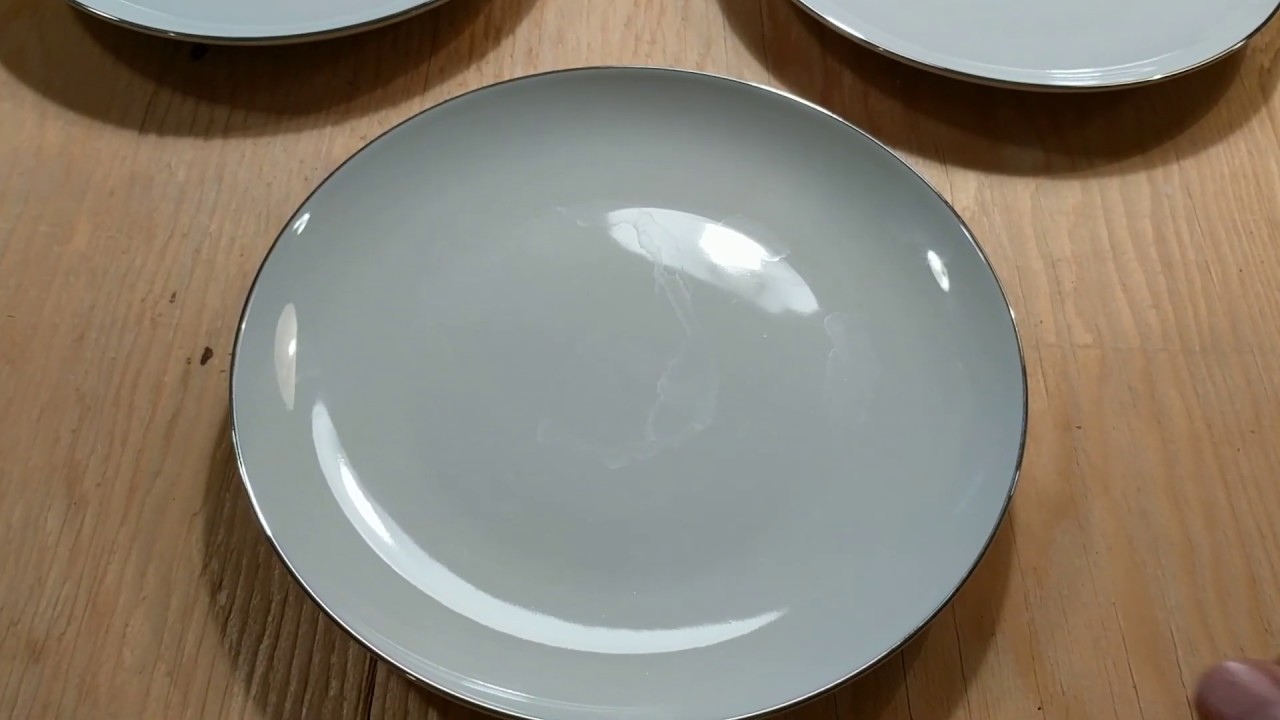

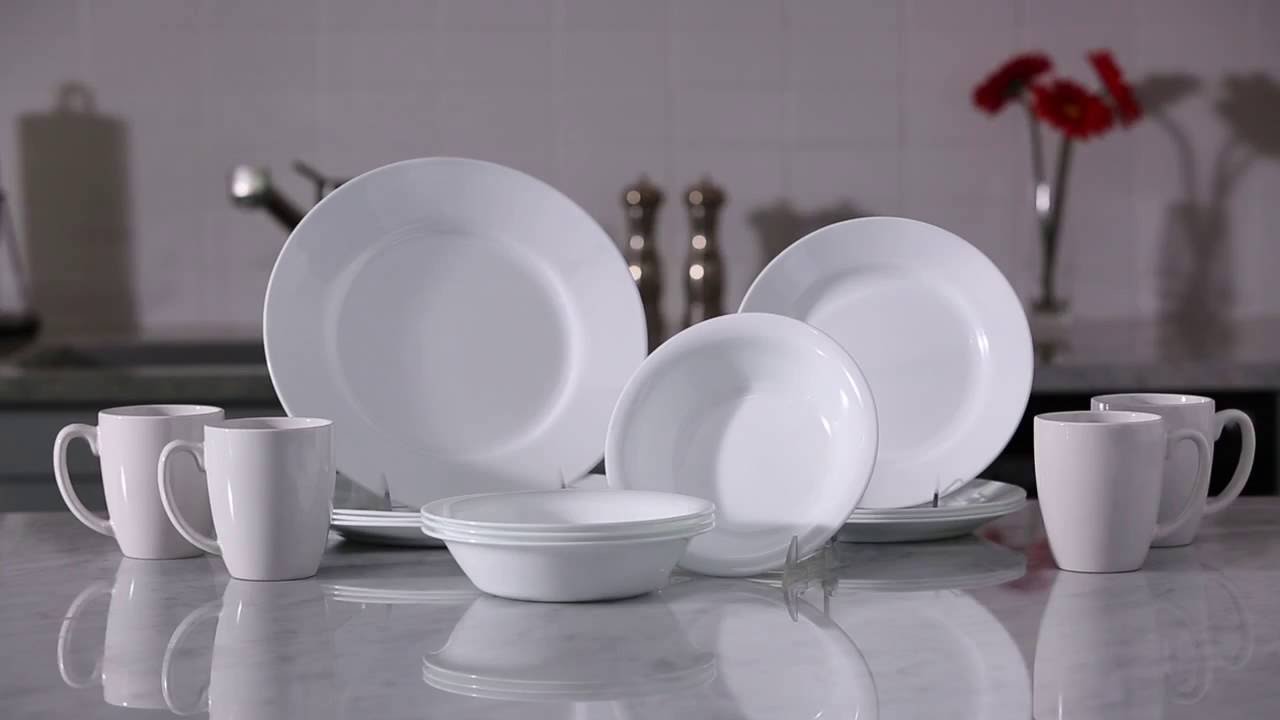
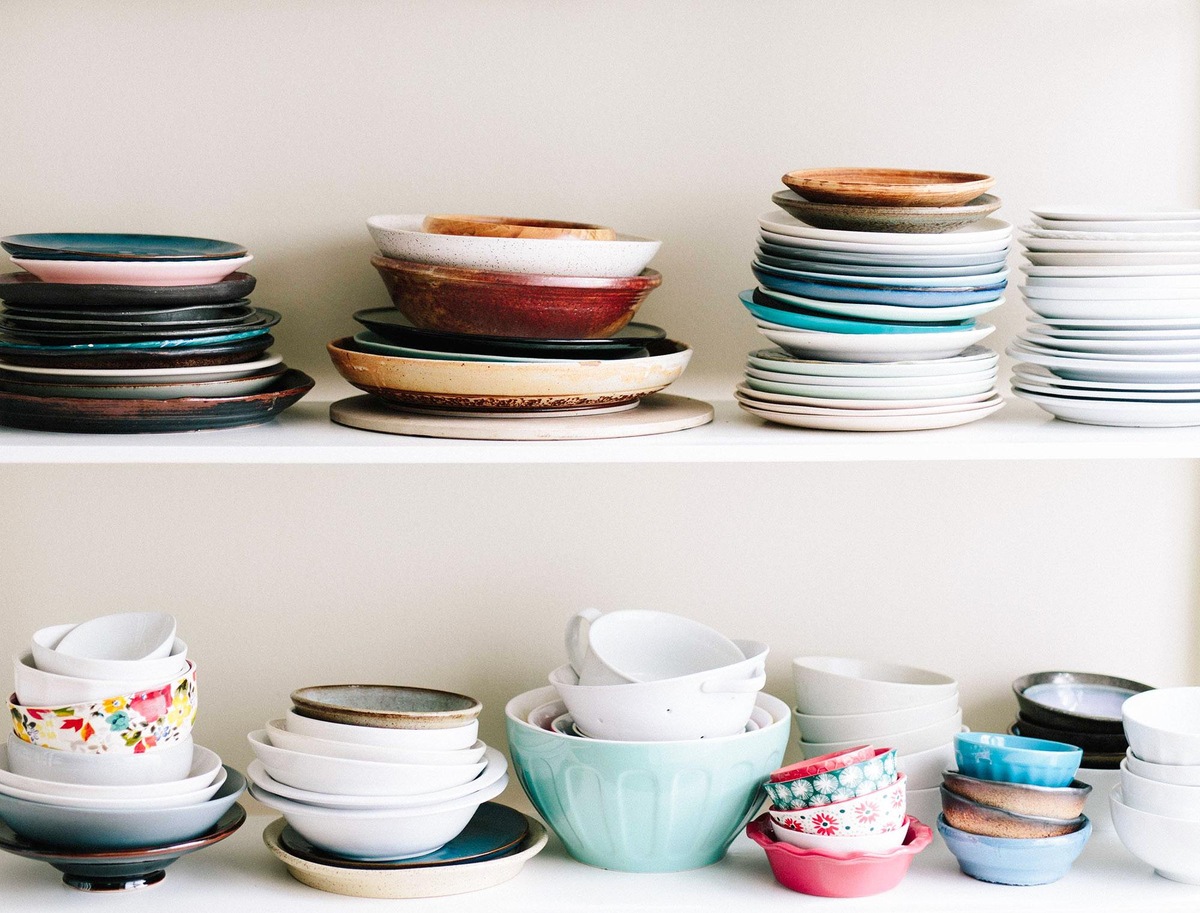
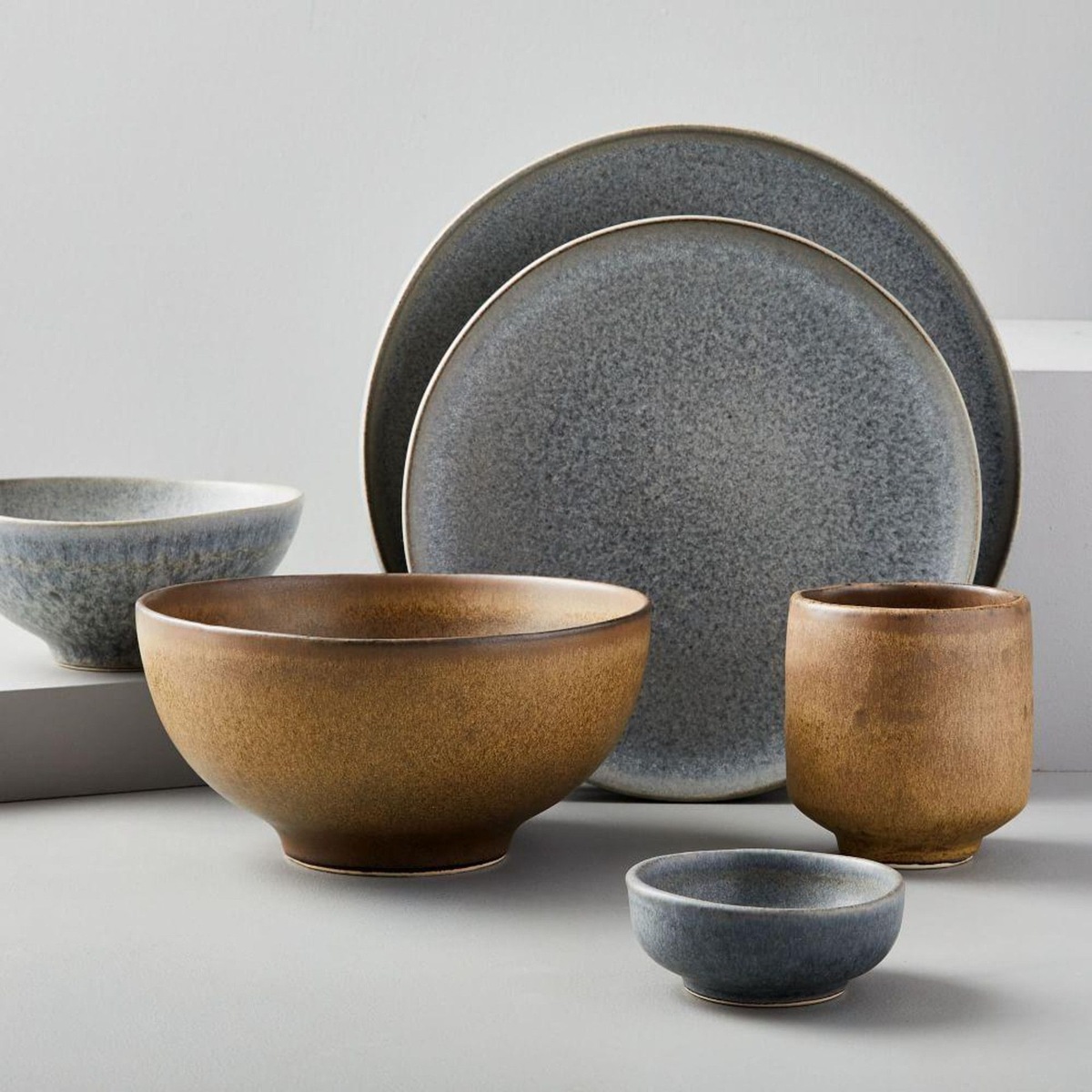
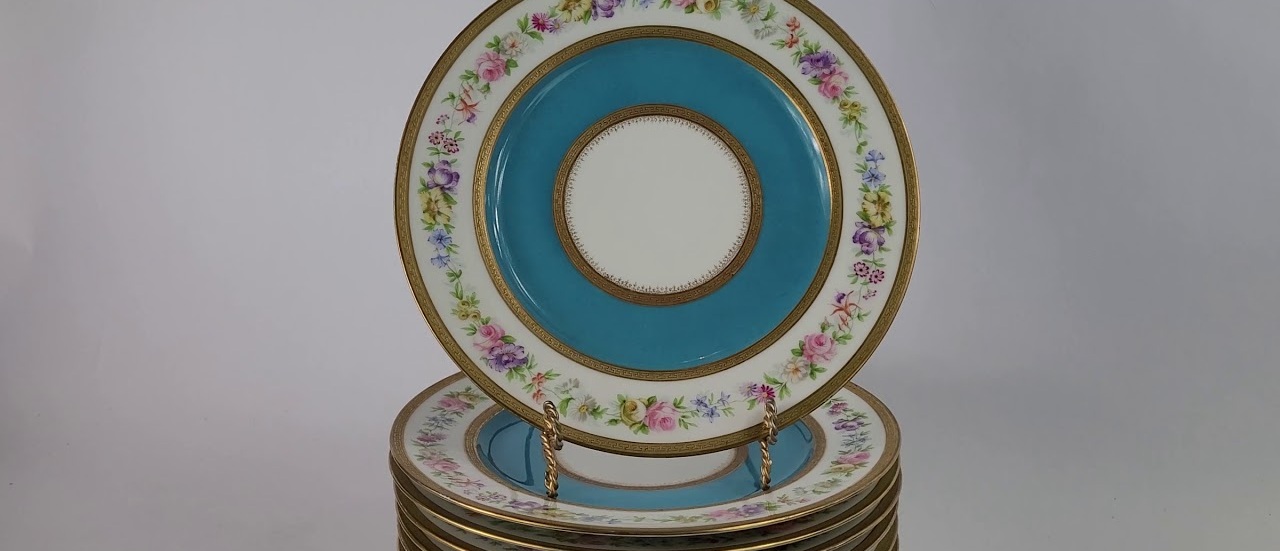
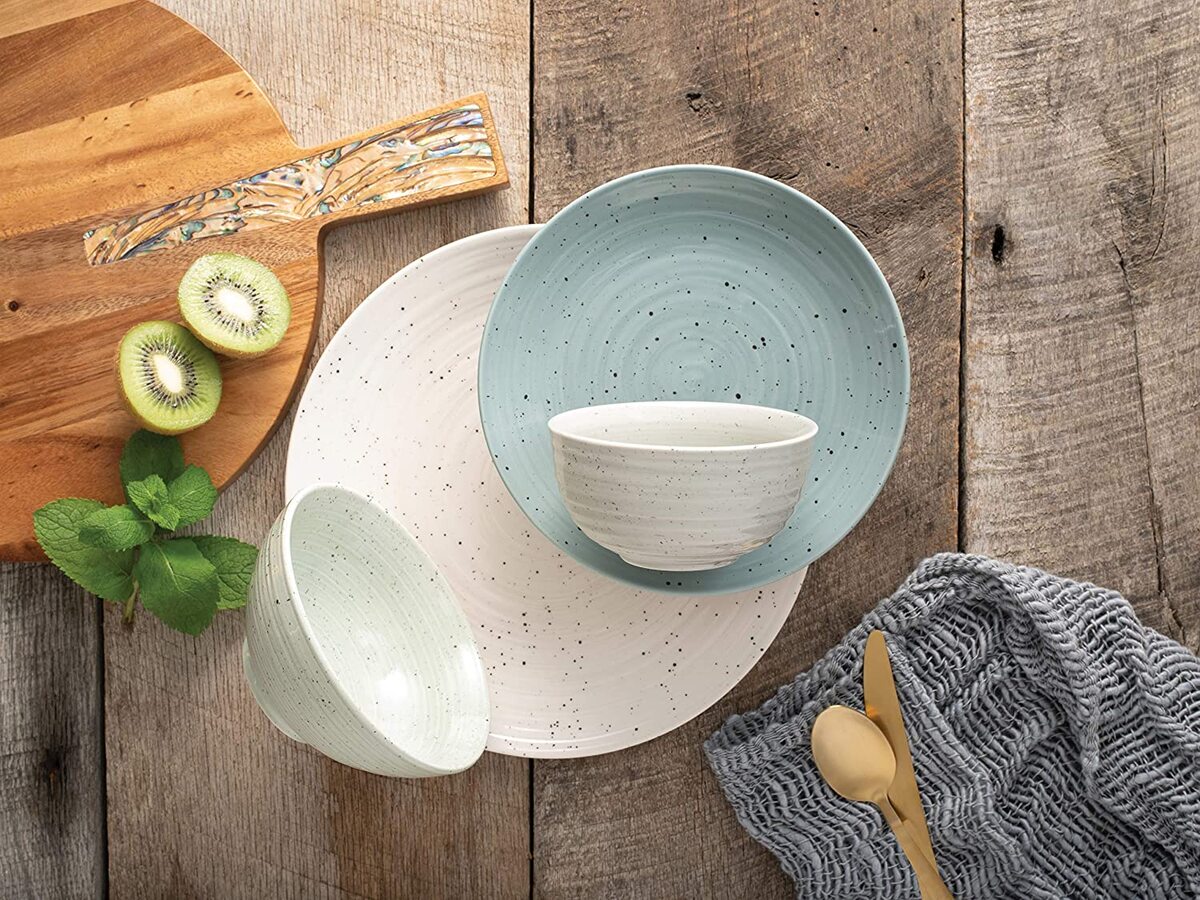
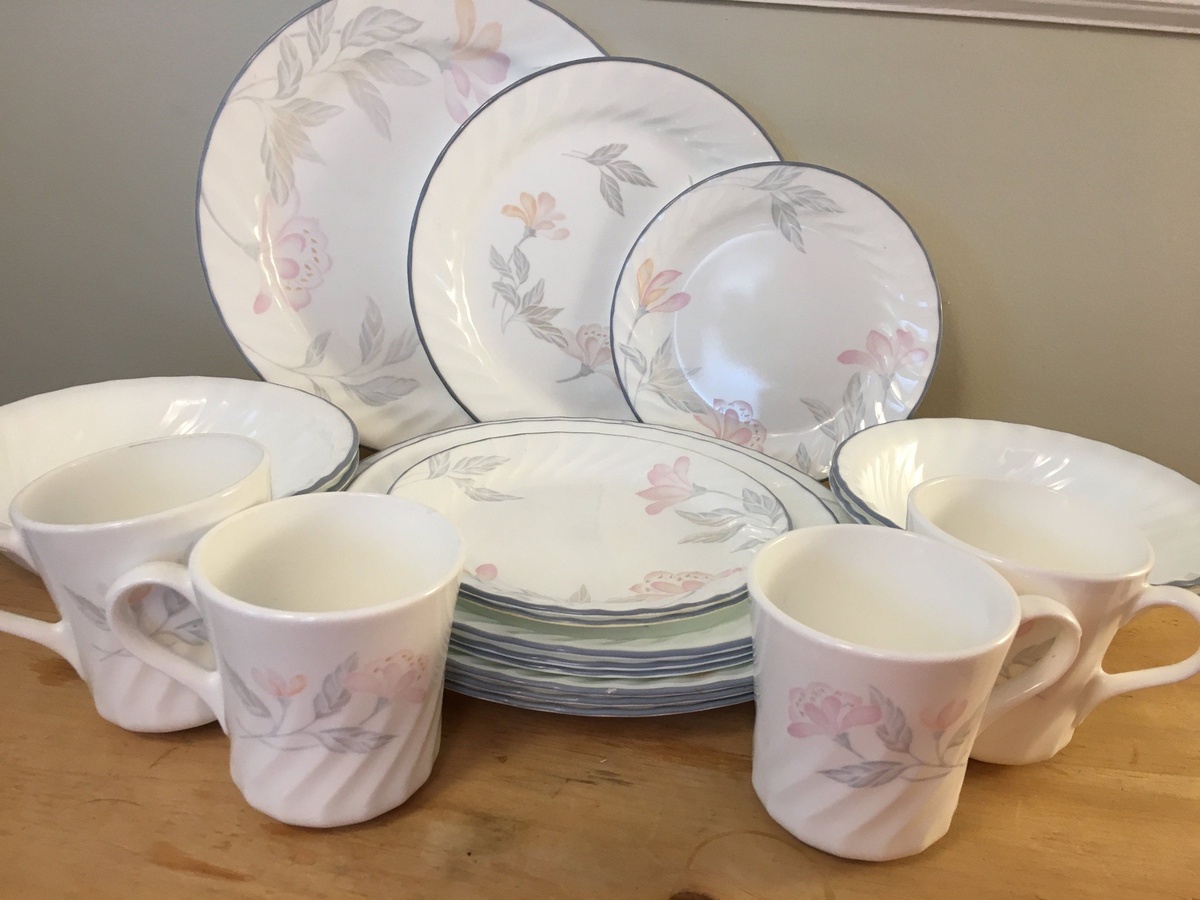
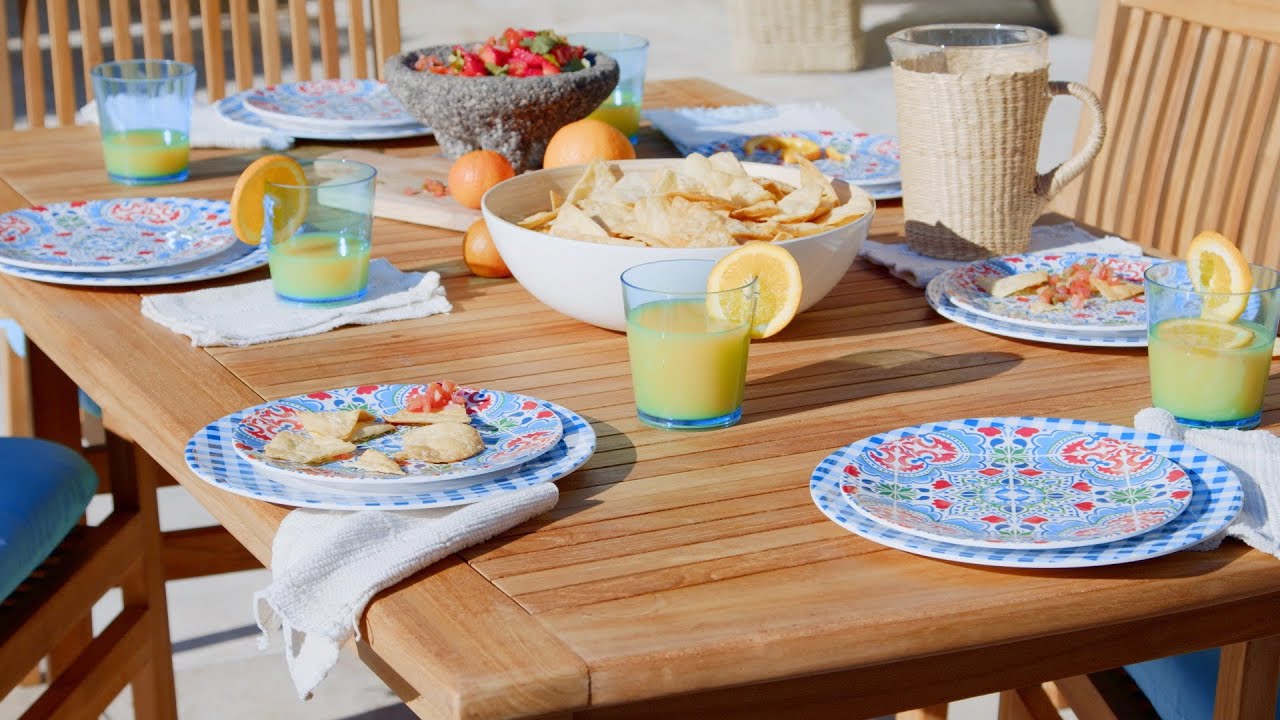
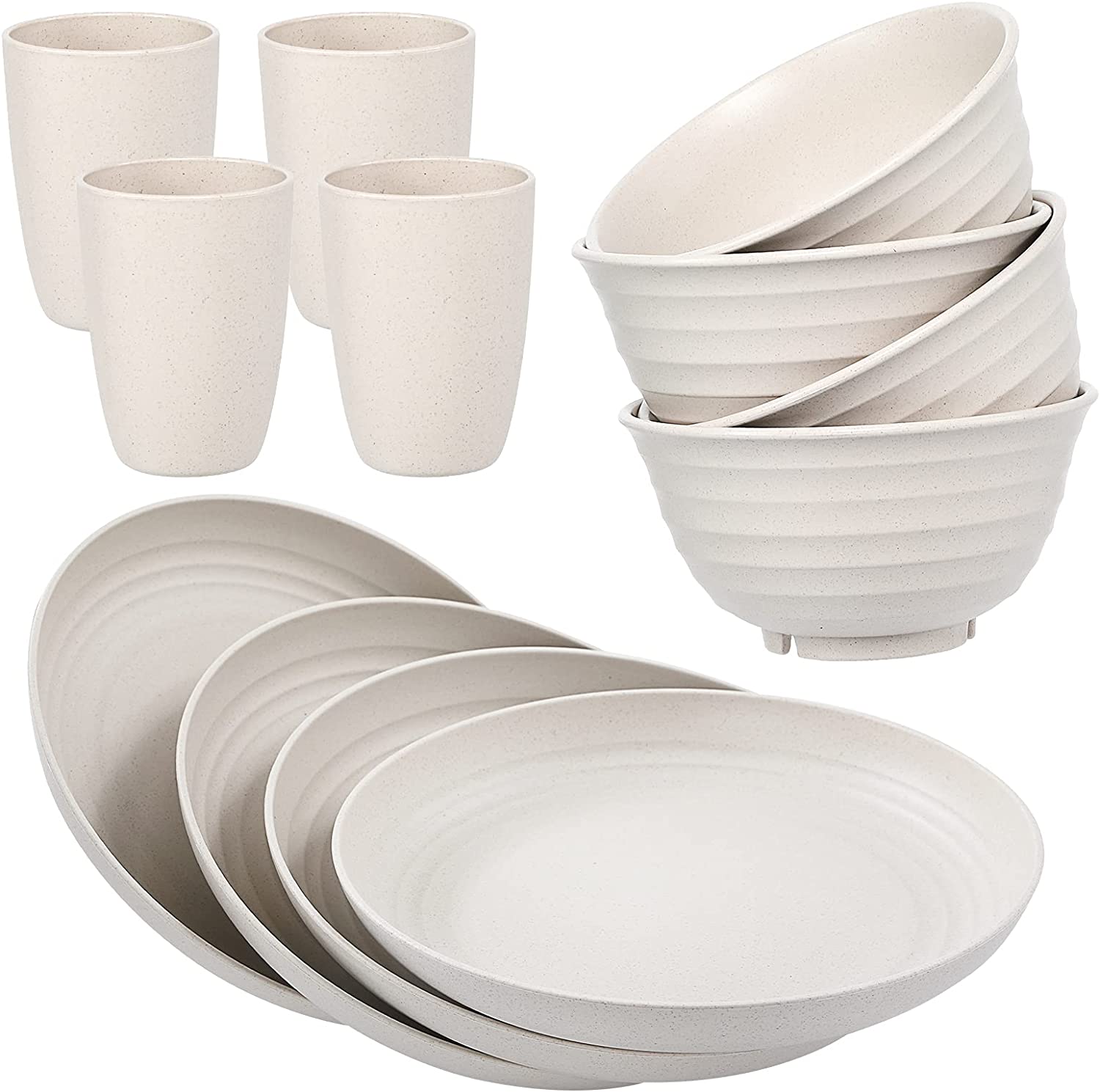

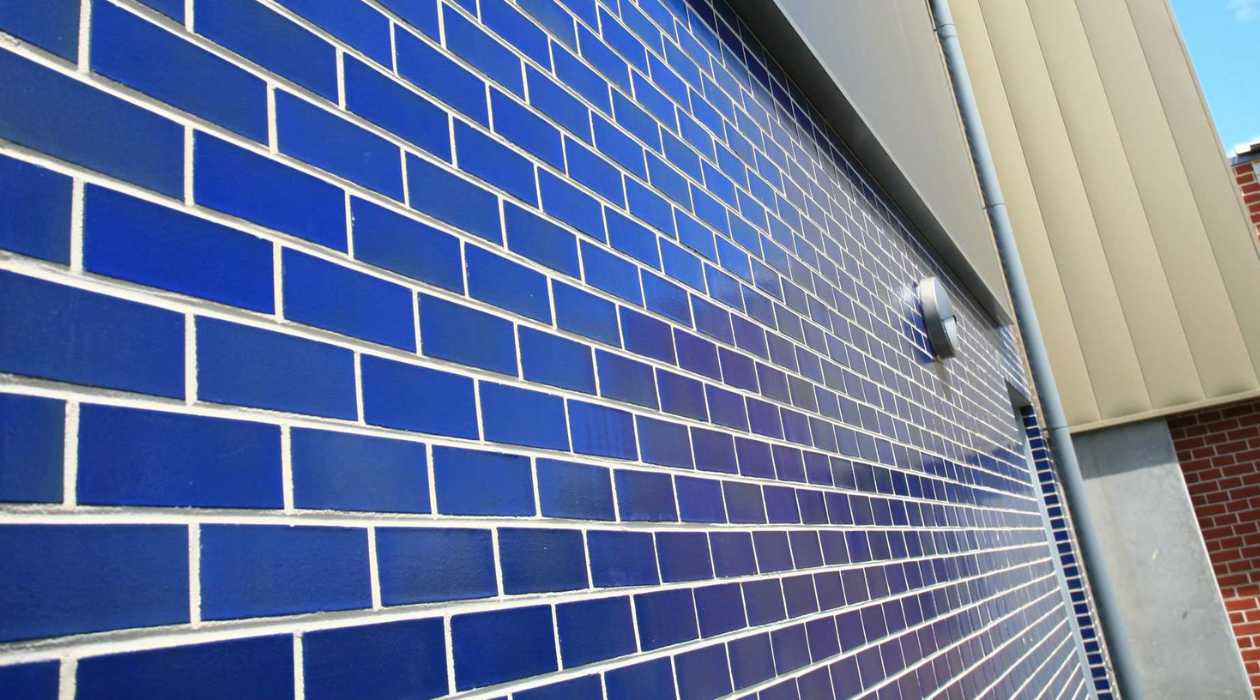

0 thoughts on “What Is Reactive Glaze On Dinnerware?”